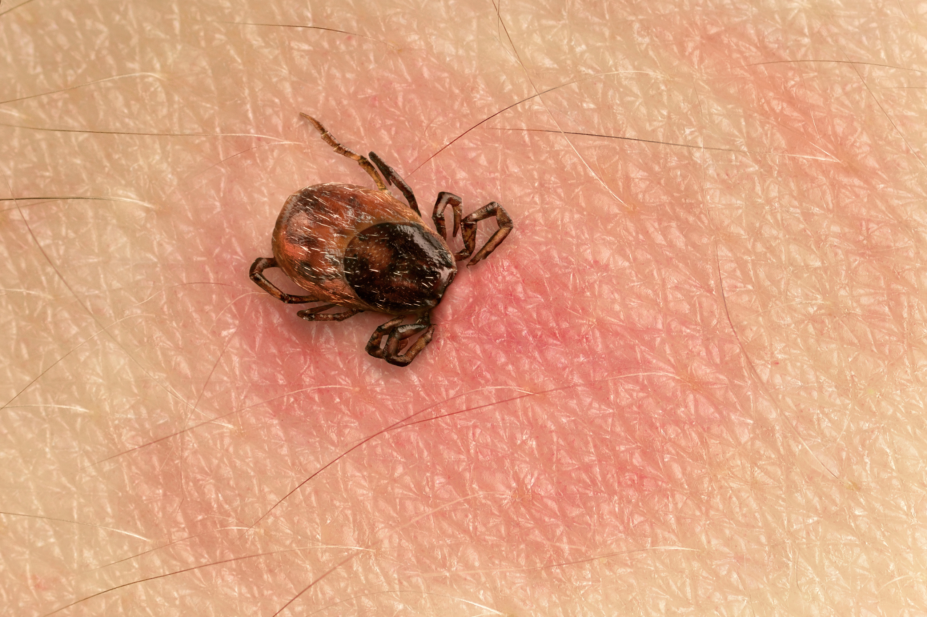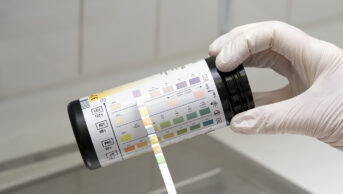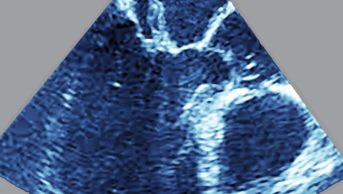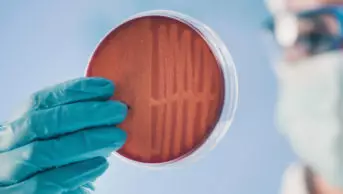
Shutterstock.com
The National Institute of Health and Care Excellence (NICE) has published new guidance on diagnosing and treating Lyme disease.
The bacterial disease is spread by tick bites and is on the increase in the UK. When caught early, it can usually be treated easily with antibiotics but if left undiagnosed, can cause serious complications including heart problems, arthritis and meningitis.
The guidance says that doctors and specialists should use their clinical judgement to check people’s symptoms. It highlights that Lyme disease can cause a circular red rash, called an erythema migrans, in the days and weeks after a tick bite. Evidence of this rash means that doctors can diagnose Lyme disease immediately and prescribe antibiotics to treat it.
A visual summary produced by NICE highlights that, in the absence of a rash, lab tests can be used to confirm a diagnosis as the symptoms of Lyme disease, which include headache, fever and joint pain, can overlap with other medical conditions.
“This new guideline will help raise awareness and drive up the standard of care right now on the NHS so we can spot Lyme disease sooner and provide people with prompt treatment,” said Mark Baker, director of the NICE centre for guidelines.
“Our committee reviewed the best available evidence and identified gaps in what we know about prevalence in this country and the benefit of long-term treatment options.
“Further research into Lyme disease should be a high-priority area in the UK so we can continue to improve care,” he added.


